This post is really for my non-Jewish readers, since every year, I get a lot of questions from people asking me to explain what our Hanukkah traditions mean. A few have even asked what they can do in their home to introduce the holiday to their children. I guess, since more and more of my Jewish friends are incorporating Christmas into their holiday celebrations (my sister got her first tree this year!), it’s nice to know that you guys are interested in learning about ways to celebrate Hanukkah too.
Let me start by saying that the reason you see Hanukkah written in so many different ways is because it is the transliteration of the word written in Hebrew. There is no single correct way to spell it in English. Growing up we always spelled it Chanukah, but in the past few years, the spelling of Hanukkah has become more widespread. Why? Because that is how autocorrect has decided it is spelled.
Here are eight Hanukkah traditions you can bring into your home:
1) Tell the story of Hanukkah
Truth be told, I just looked this up because I wanted to make sure I got it right. In my version of reform Judaism, our tradition is to tell the same stories over and over again without really listening. If I get any of the details wrong, feel free to correct me! The story of Hanukkah dates back to the second century BC, when Jews rebelled against the Greeks for denying them the right to freely practice Judaism. The Greeks had seized their temple and demanded that the Jews pray to Greek gods instead. Judah Maccabee led an army that defeated the Greeks and took back their temple and their city. His army was known as the Maccabees. When it came time to rededicate the temple after winning it back, the Maccabees found only enough oil to light their lamps for one night. In what is known as “the miracle of Hanukkah,” the oil somehow lasted long enough for the lamp to burn for eight days and eight nights.
2) Light the menorah
The menorah is a candelabra with nine candles. Eight of the candles represent the eight days and eight nights of Hanukkah while the ninth candle (usually in the middle and set a little higher) is called the Shamash, which is lit first and used to light the others. If you don’t want to buy a menorah, you can make one the same way my kids have been making them at Hebrew School for years— just take nine nuts from your tool chest and glue them to a piece of wood or lump of clay. Nuts fit standard size Hanukkah candles perfectly, which are about the same size as birthday candles if you’d like to use those instead. Candles are placed into the menorah from right to left, but lit from left to right. On the first night, you light the Shamash and then the candle furthest to the right. On the second night, you light the Shamash and then the two candles furthest to the right (from left to right so the newest day gets lit first) and so on. Then you let the candles burn until the end.
NOTE: This post was originally written to say that the candles are lit from right to left, but then my mother-in-law texted to correct me. Apparently, I have been doing this wrong my whole life.
3) Give eight small gifts, one each night
After the menorah is lit each night, we give each kid a gift. These gifts can be anything from toys to books to clothes— I like to vary the size and expense of the presents, making some days more exciting than others. Yesterday, Mazzy got a box set of Judy Blume books and looked like she was about to cry. The day before, I gave her a Wreck This Journal and she squealed with delight. It’s really a crap shoot. My mother used to buy seven small presents and one big present. Then she’d wrap all of them and put them out the first night and we could choose which one we wanted to open. Was the biggest the best present? Or was it hiding as a smaller gift? You never knew until you opened it.
4) Give out chocolate gelt
Traditionally, Hanukkah presents are supposed to be small, in the form of money, candy or chocolate gelt (chocolate coins wrapped in gold or silver foil.) I think the gifts got bigger because Jewish parents started to compete with Christmas. Now it seems like chocolate gelt is given in addition to the other presents. The origin of chocolate gelt is actually rooted in real money, because historically, Jewish people would give out coins to service workers in their community at the end of the year— like teachers, butchers, etc., just like how we give out tips around the holidays today. Over the years, the Hanukah tradition shifted to giving out chocolate money to your kids.
5) Play dreidel
Dreidel is a gambling game played with chocolate gelt and a four sided top, each with a hebrew letter— nun (take none), gimmel (take all), hey (take half), and shin (give one.) You ante up into the pot, take turns spinning the dreidel and then follow the instructions of whatever side it lands on. There is debate over the origin of dreidel and why it is associated with Hanukkah— one being that Jewish students would pretend to play to fool the Greeks, when they were actually studying the torah. In any case, it’s a fun party game (or drinking game) that usually lasts for about ten minutes before everyone gets bored and moves on.
6) Fry stuff!
How do you celebrate a holiday all about oil? Deep fry things! There are two popular foods that are made during Hanukkah— latkes (fried potato pancakes) and jelly doughnuts. Making them is half the fun. The correct way to make latkes is with shredded potato and don’t let anybody try to tell you differently. They are one of the best foods that Jewish people have to offer. Here’s a latke recipe from Smitten Kitchen, a personal friend and trusted resource. Make sure to top with applesauce or sour cream. Jelly doughnuts should be made with lots of powdered sugar on top. The correct way to eat them (according to Harlow) is to take bites around the edge and then throw the middle away so you never touch the jelly.
7) Have a party!
Hanukah is called the “Festival of Lights” and celebrating is all about singing, dancing, playing games, giving gifts and eating fried foods. The most popular Hanukah song goes, “Oh Hanukkah, Oh Hanukkah, come light the menorah. Let’s have a party! We’ll all dance the Horah. Gather round the table, we’ll give you a treat. Simivon to play with and latkes to eat…” You don’t really get a better party blueprint than that. It might be weird to have a Hanukkah party if you aren’t Jewish, but it never hurts to add a menorah or some latkes to your Christmas party. I know if I was the only Jewish person attending, that would put a smile on my face.
8) Teach your kids about religious freedom
Hanukkah is the story of the Jewish fight for religious freedom. If you are teaching your kids about holiday traditions other than your own, this is the perfect time to bring up the importance of freedom of speech and freedom of religion. We might not all believe in the same things but we can still respect other people’s right to celebrate and practice whatever they chose.
Happy Holidays!
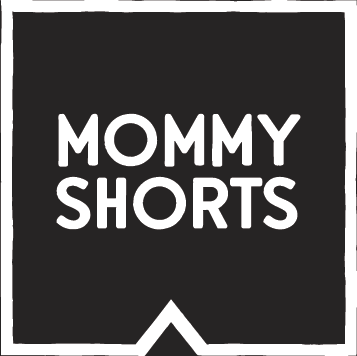




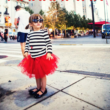
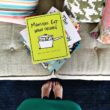
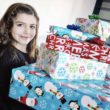
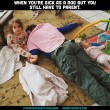




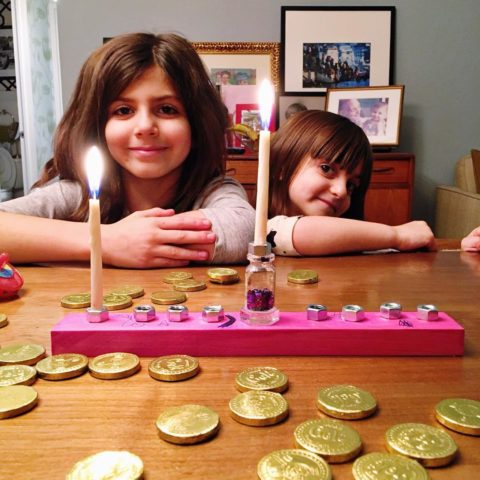
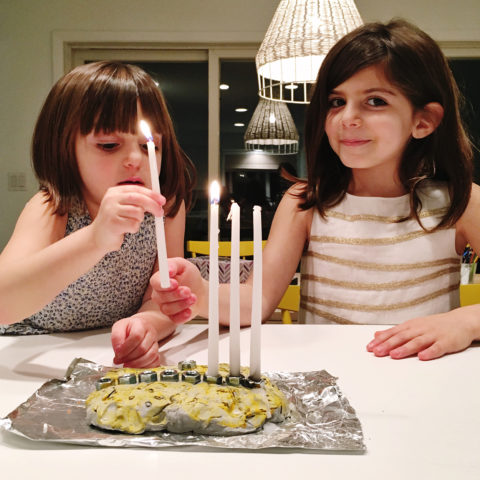
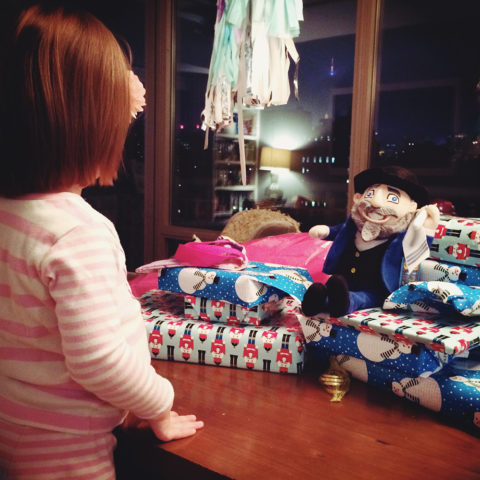
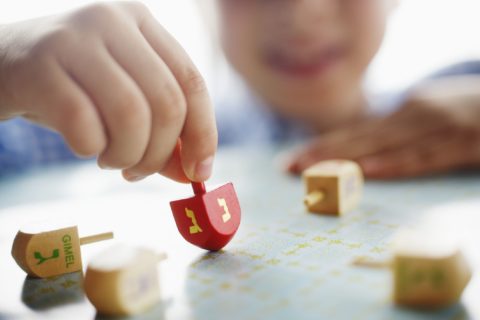
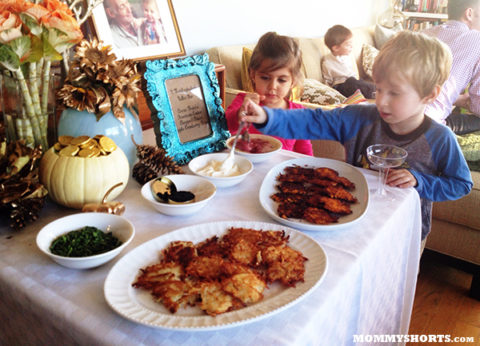
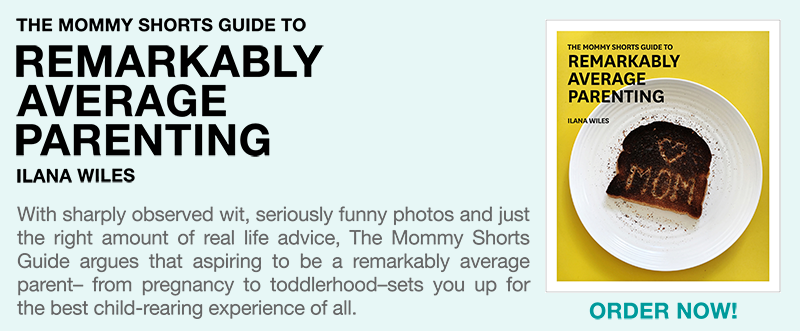

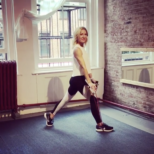
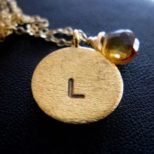
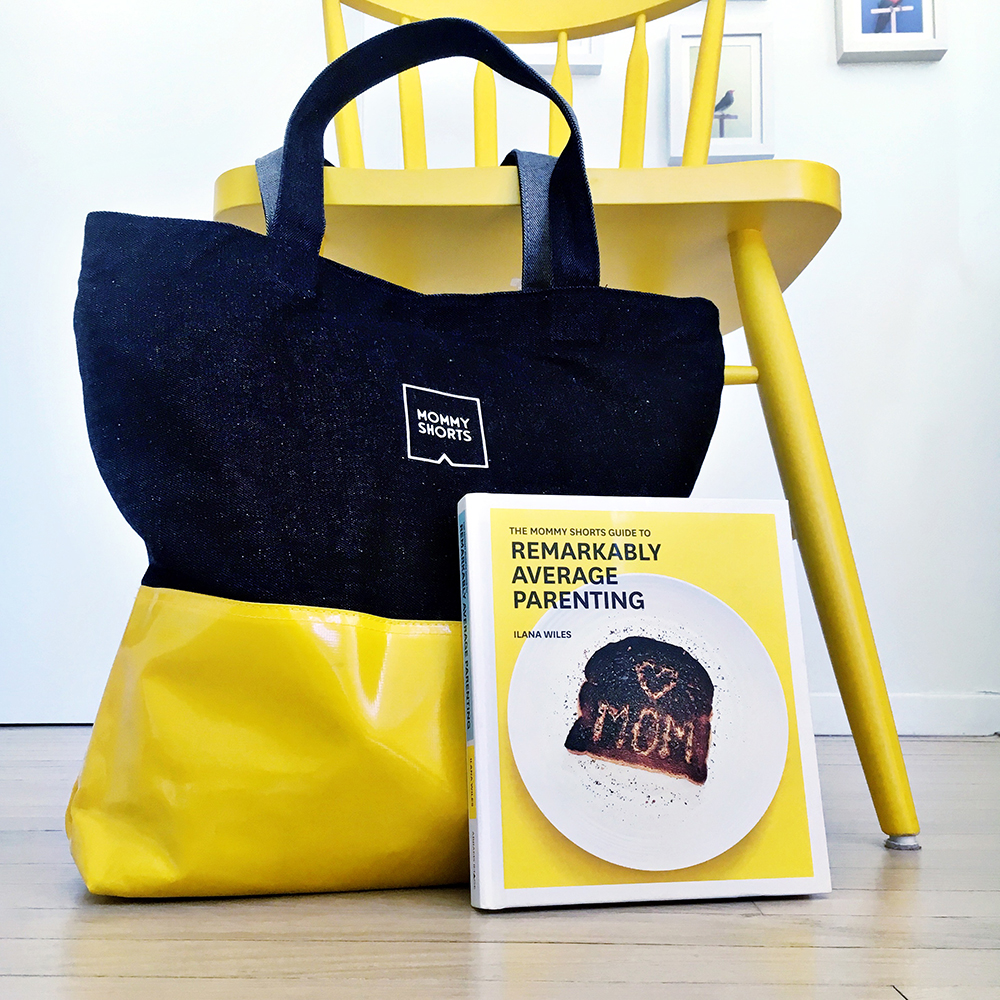
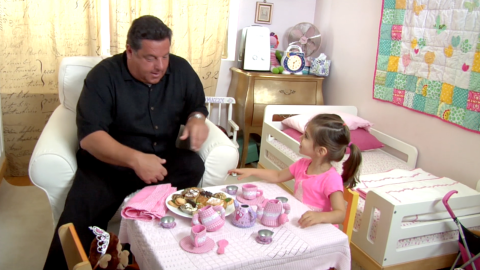






Everything I know about Hanukah I’ve learned from reading MommyShorts over the years!
We don’t do Elf on the Shelf, instead we do Kindness Elves. I got this little house/mailbox that has two small Elves in it that come each day to suggest to our kids what they can do that day to spread kindness. On the first day of Hanukkah the Elves suggested to the kids to ask someone about Hanukkah. The Elves told them that in order for there to be peace in the world people need to start learning about each other’s cultures, religions and traditions.
So I made sure to go online, look up the background of Hanukkah and that night at dinner we read and discussed (as much as we could with a 12 year and 4 year old) everything we had found out about Hanukkah. My son kept asking a lot of questions and really got into it. My daughter, who is 4, asked if we could have a Menorah and celebrate too. I told her next year we would definitely get one.
Thank you for sharing Judaism with us. My husband and I are not religious people but are strong believers in being educated about all the different cultures and religions in the world and want to make sure we pass that along to our children. Thinking only your beliefs and your ways are the only ways are why our world is like it is. We need to start looking more outwardly and become more accepting and the only way to do that is by talking to others and learning their ways too.
I guess living in my Metro NYC bubble means that the people I know are all Jewish or have been around it enough to appreciate it. The reality is, even in Westchester, there are people who don’t know. That my 1st grader’s school’s “holiday shop” opens when Chanukah is pretty much over says a lot. And, I really only care because of my kids and how Christmas takes over everything in December.
Thanks for this post about Judaism and Hanukkah! I’ve been getting more interested in Judaism myself lately and this was a very fun post to read!
My 3 year old burst into tears this morning because I told him I was going to fry donuts for hanukkah. He wanted REGULAR donuts, not fried. We had to break it to him gently that that’s how all donuts are made 😂
Do you have any hanukkah movie/TV suggestions for sharing with kids. An American Tail is probably the best kids movie about the Jewish people, but we just watched it a couple of months ago so we were coming up empty. We ended up watching the rugrats chanukah episode Sunday night 😂. I thought it was actually quite well done and cute.
What a wonderfully informative post about ways to incorporate Hanukkah. I’m not sure if it’s stull available but Rugrats used to have an episode on the topic. Also, as a teacher I feel bothered by the use of teachers as a service professional. Teacher’s have at the minimum at four year degree. Many of us have advanced degrees. We are professionals. I love the inclusive nature of your posts, but ask simply that you are mindful before labeling groups. I hope you enjoy the last nights of Hanukkah!
I’ve learned so much about Hanukkah following you for the last few years, and this post definitely makes me want to celebrate it too! Happy Hanukkah!
Thank you for teaching me about this. It’s so interesting and I too learned everything I know about Hanukkah (I don’t know much ) from following Mommyshorts!
Thank you for your explanation of the details of Hanukkah. İ always wanted to learn the meaning of the candles. After reading your post, İ realized that there are 7 and 9 arms present at times in candles; menorah and hanukiah respectively. İ searched the literature a little bit and learned the differences. Hence Stefan Zweig’s novel “The Buried Candelabrum: A Jewish Legend” is about the seven-branched candelabrum and a very interesting good book to read İ would say. Happy Hanukkah!
Thank you for this!
I love the thought of giving our daughter the chance to learn about all religions and traditions so she can make her own decisions on her beliefs as she grows!